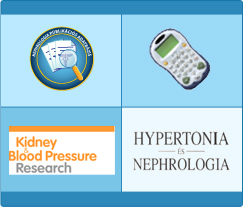
Hepatitis C Virus (HCV) infection was difficult to treat in patients with chronic kidney disease (CKD) before the introduction of direct-acting antiviral (DAA) agents due to toxicity and limited efficacy.
Although introducing initial DAA regimens was a major advance, concern about efficacy and tolerability remained. This included the tolerability of sofosbuvir in patients with more advanced CKD. More recent data, however, has confirmed its safety in patients with advanced CKD.
The introduction of pan-genotypic DAA regimens now allows successful HCV therapy irrespective of viral genotype, helping to reduce the complexity of treatment algorithms.
DAA therapy has helped increase the kidney transplant (KT) donor pool by allowing the use of organs from HCV-positive individuals - HCV infected as well as HCV naïve.
DAA therapy started soon after KT prevents the transmission of HCV to uninfected recipients. In already infected recipients, DAA therapy aborts the progression of HCV-associated liver disease. Even in HCV-infected patients with cirrhosis, in the absence of decompensation, DAA therapy allows isolated KT by preventing further progression of liver disease.
DAA therapy has also improved the management of immune-mediated glomerulonephritis as it can be successfully treated, preventing the need for kidney biopsy in many patients.
Learning objectives:
• Appreciate the expanded treatment options with newer DAAs for hepatitis C infection in patients with all stages of CKD.
• Understand how the availability of DAA therapy allows the use of hepatitis C-infected donors in kidney transplantation.
• Incorporate advances in hepatitis C treatment into the management of glomerulonephritis, including indications for kidney biopsy.
Register now!
















